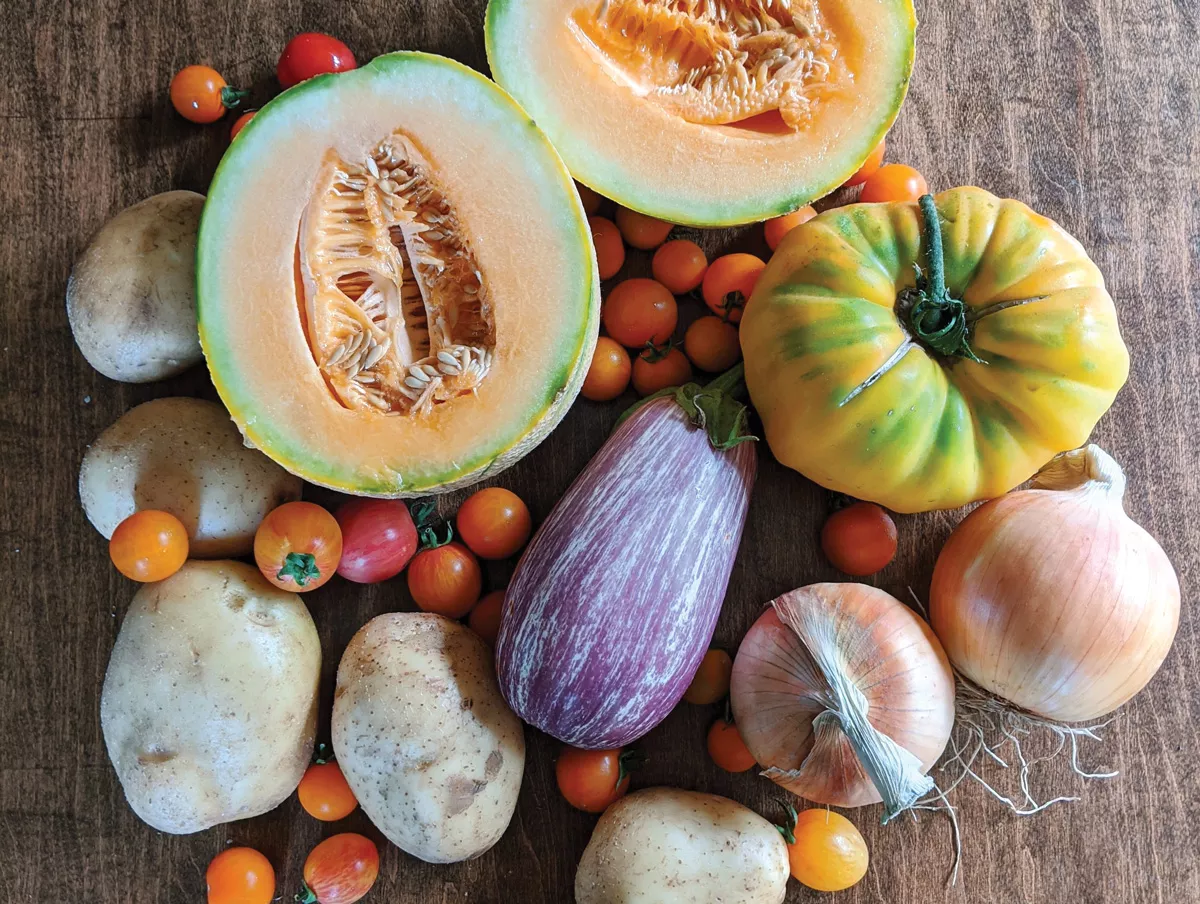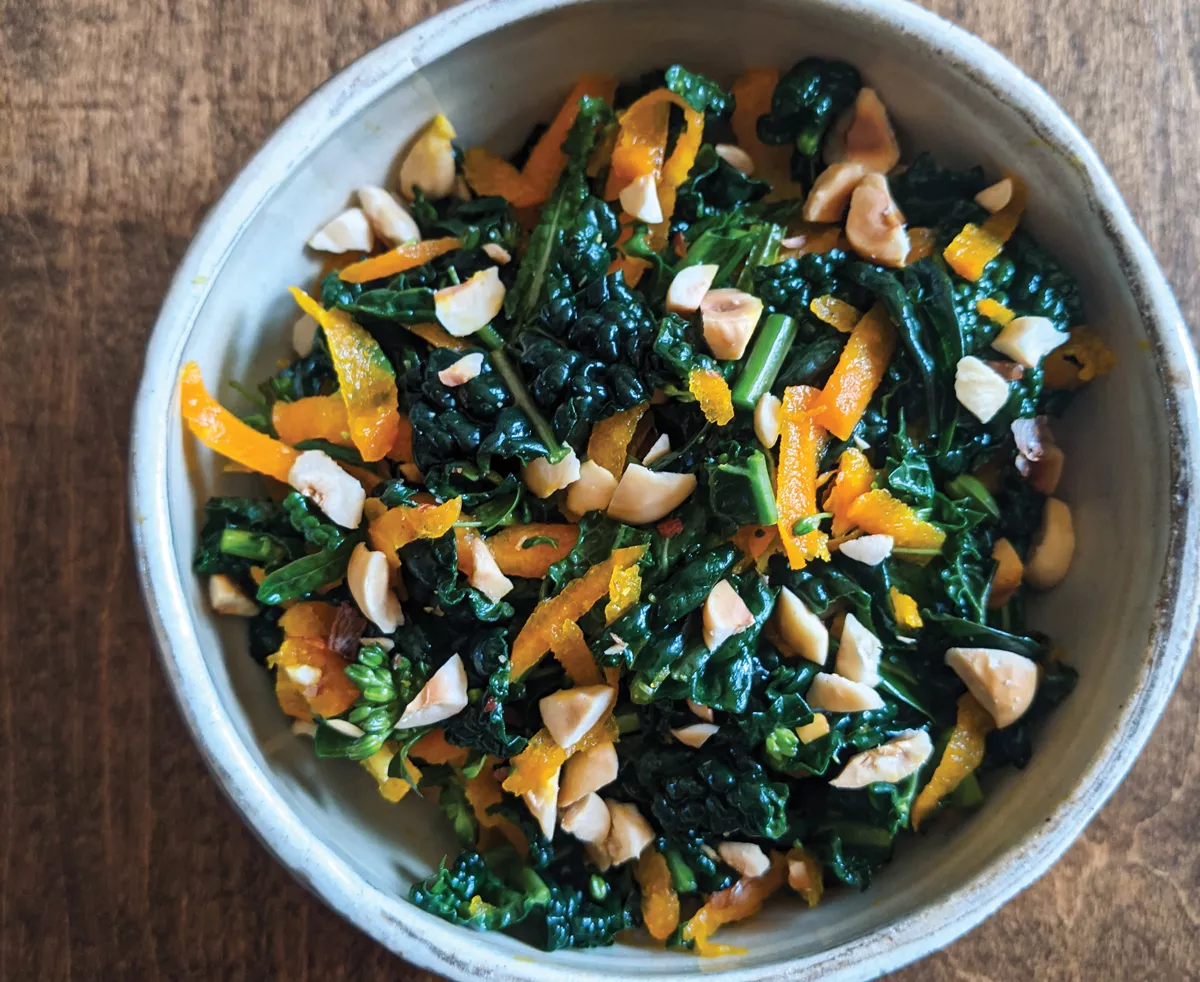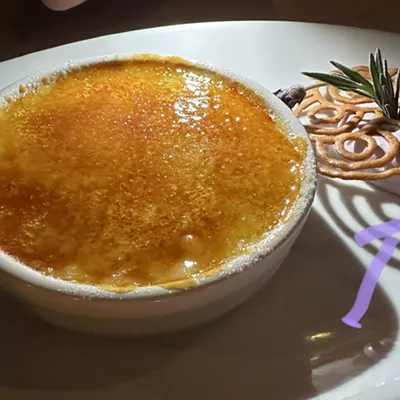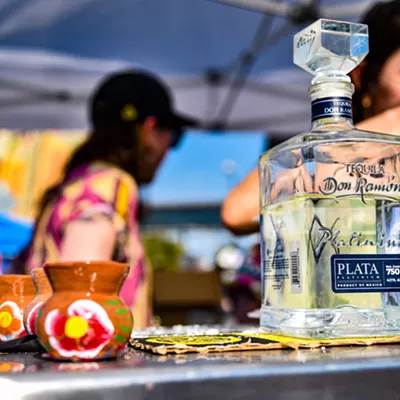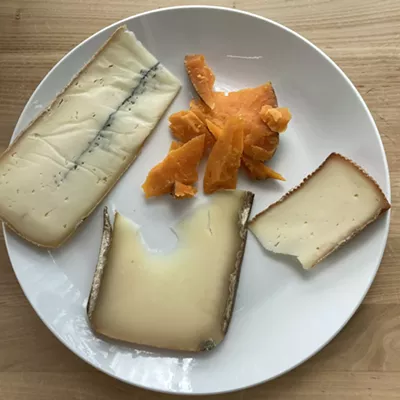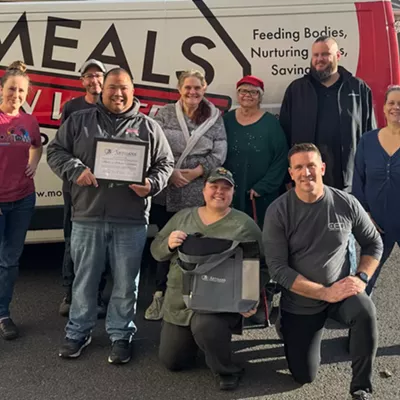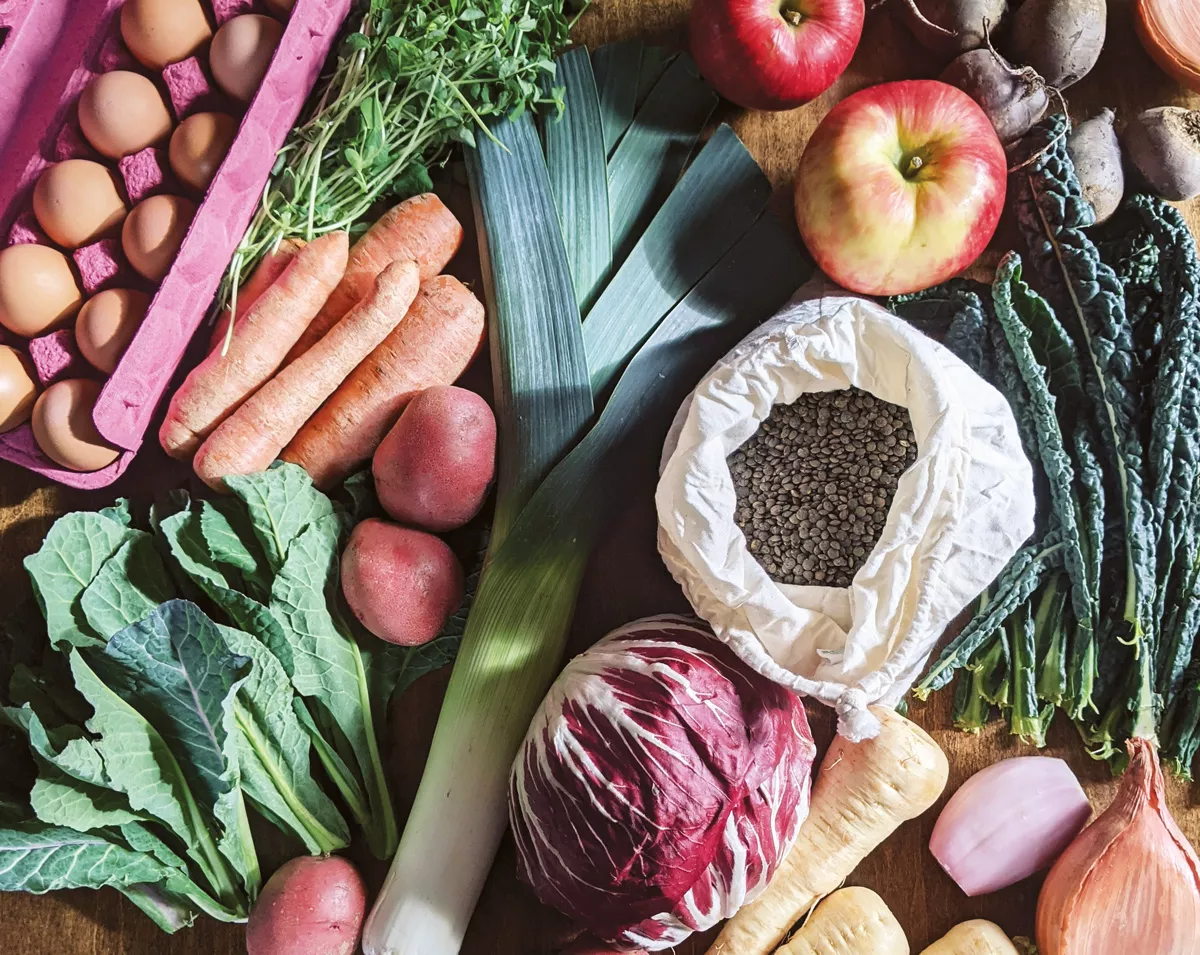
W
e've long been conditioned to think that adhering to a healthy diet is an arduous activity. The very phrase "eat your vegetables" is even synonymous with doing something you don't actually want to do, and there's a commonly held belief that it's so much easier to whet your appetite with prepackaged, overly processed snacks.But it's really not that tough to eat healthy, and if you do it right, incorporating fruits and veggies into your meals can, in fact, be a pleasure.
One way to introduce more produce into your daily routine is by signing up for a membership with a local C.S.A. organization (that's short for Community Supported Agriculture), many of which collect seasonal fruits, veggies and other farm-based foods and package them in boxes that are available for pickup at various locations around town. Most farms offer C.S.A. boxes starting in the spring and summer, and those services typically run weekly through their autumn harvests in October or November.
One of the Spokane-based companies that specializes in C.S.A. subscriptions is LINC Foods, a local food hub that acquires produce, dairy and meat from regional growers and farmers and distributes them throughout the Inland Northwest. LINC works with about 90 farmers and ranches within a 250-mile radius, and they send out between 500 and 600 C.S.A. boxes a week during the peak summer months. They also offer boxes throughout the year, including curated boxes from local breweries and farms that are delivered once a week.
Michelle Youngblom is the crop promotions director for LINC, and she communicates regularly with customers who are looking for healthy eating tips. C.S.A. boxes are a great start for that, Youngblom says, because they cut out the early step of having to collect all the necessary ingredients.
"Healthy eating habits can be really challenging to form," she says. "When you're given the resources to make that as easy as possible ... it makes it a whole lot easier to just include those fruits and veggies into your diet."
Another local CSA producer isVinegar Flats Farm, an urban farm sitting on 40 acres just 3 miles outside Spokane's downtown core. "Belonging to a CSA, you are exposed to a large variety of vegetables that you might not even have ever known about" says Olli Gluskin, Vinegar Flats farm manager. "It allows community members to get local and in-season foods, so they can really see what's growing in season in their area, as opposed to what's shipped from far away."
It helps that C.S.A. services do all the curation for you, which not only saves you a trip to the grocery store but takes out the guesswork about which types of veggies are the freshest at any given time.
"There's not the extra step of going to the grocery store and trying to decide which fruits and vegetables to try, especially if you haven't really explored that area very much," Youngblom says. "It's a way for people to get connected with seasonal, sustainable local produce. ... They can try new things in a way that's not too intimidating, because we provide the resources to make different recipes."
Tarawyn Waters, who manages operations at Vinegar Flats Farm, says the people who seem to get the most out of their C.S.A. boxes are those who are inherently interested in broadening their culinary horizons, and open to trying new flavors and textures.
"I think it's tied to a certain type of person who's adventurous and curious, and also really eager to try new things," Waters says. "We're just giving them a box of adventure."
Lacinato Kale with Crushed Hazelnuts and Lemon Dressing
This crunchy, colorful salad includes seasonal items — kale, golden beets, carrots and hazelnuts — that are available through Local Inland Northwest Cooperative (LINC) boxes and LINC market.
1 bunch lacinato kale
1 golden beet, peeled
1 carrot, peeled
½ lemon
½ tablespoon olive oil
½ teaspoon salt
¼ cup hazelnuts, chopped
Strip the lacinato kale, removing any large stems. Slice the leaves into small strips, roughly one-quarter-inch wide. This starts to break down the rough, fibrous texture of lacinato kale.
Grate the golden beet and carrot. Place into a large bowl with the cut kale.
Squeeze the juice from half a lemon over the spring vegetable mixture, drizzle with olive oil and sprinkle with salt.
Using your hands, massage the kale mixture roughly 10 times. This further breaks down the texture of the kale, making it tender and easier to digest.
Top with chopped hazelnuts and enjoy!
— Recipe courtesy of Michelle Youngblom at LINC Foods.

